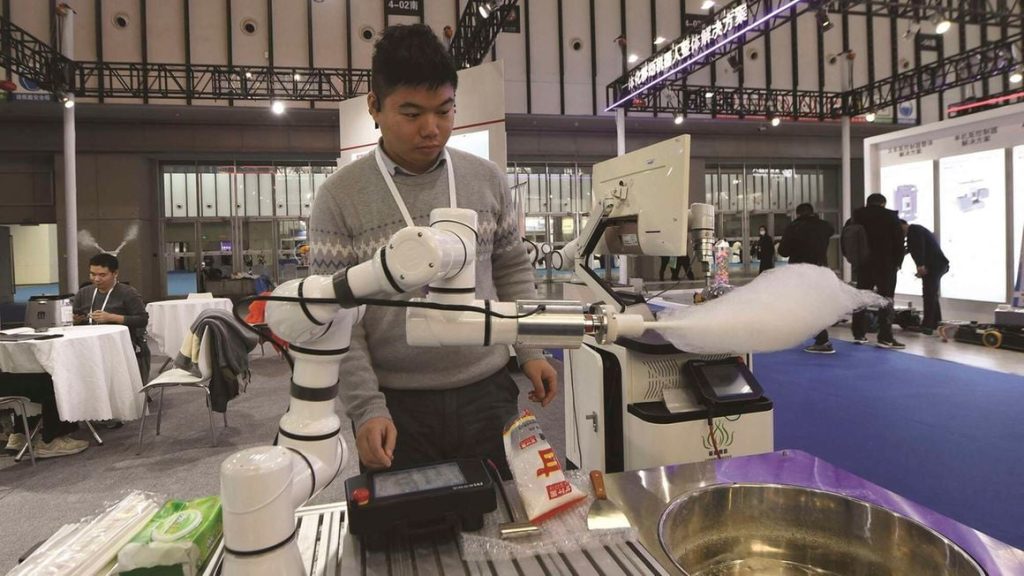In the early days of the digital revolution, the most noticeable effect was on manufacturing jobs. Automation, driven by advancements in robotics and computerization, began to replace human workers in tasks that required precision and repetition. This change was fueled by the need for greater efficiency, cost savings, and reducing errors.
In industries like automotive manufacturing, robots transformed production lines. For example, General Motors (GM) integrated robots for tasks like welding and painting, significantly boosting productivity while reducing the need for human labor. During the 1980s, GM’s use of robotic technology resulted in the loss of thousands of jobs, marking a turning point in the manufacturing job market.
A report by the International Federation of Robotics revealed that between 2010 and 2015, the number of robots in factories worldwide grew by about 15% each year, leading to the elimination of many manual jobs.
Today, the rise of Artificial Intelligence (AI) and Machine Learning (ML) is causing a similar, if not more significant, disruption. This time, however, it is impacting sectors that were once considered safe from automation. In finance, for instance, AI algorithms are now handling complex analytical tasks that used to require human expertise.
JPMorgan Chase’s COIN (Contract Intelligence) program is a notable example. This machine learning tool reviews commercial loan agreements in seconds, a task that previously took legal staff 360,000 hours each year. A study by McKinsey Global Institute forecasts that by 2030, up to 30% of all work hours worldwide could be automated, with the financial industry being one of the hardest-hit sectors.
The healthcare industry, which traditionally depends on skilled human judgment, is also witnessing the growing influence of AI. In radiology, AI systems are now capable of analyzing X-rays and MRI scans with accuracy that matches or even exceeds human radiologists in some cases.
A study published in Radiology highlighted that an AI system developed by Google outperformed six radiologists in detecting breast cancer in mammograms. According to the American College of Radiology, AI is projected to assist in diagnosing up to 90% of radiological cases by 2035, potentially reshaping the role of radiologists.
In Kenya, AI is making a significant impact on agriculture, a sector that employs a large portion of the population. The startup UjuziKilimo uses AI and big data to analyze soil health, enabling farmers to optimize their inputs and improve crop yields.
This technological advancement is not only increasing agricultural productivity but also creating new tech-driven job opportunities in rural areas. The World Bank predicts that adopting digital technologies in agriculture could increase productivity in sub-Saharan Africa by up to 70% by 2050, positively affecting employment in the sector.
In addition, a report by the International Finance Corporation estimates that the digital health market in sub-Saharan Africa could reach $1.5 billion by 2024, suggesting significant job creation in the healthcare sector.
The point is, no job is completely safe from the effects of technology. You are not in your role simply because someone likes you; you are there because you are relevant. And relevance is what the world values. The moment your relevance is questioned, even if it is by technology, your role may be at risk. As we approach the end of the year, it’s time to reflect on your future career plans. Will that role still exist when you get there?























